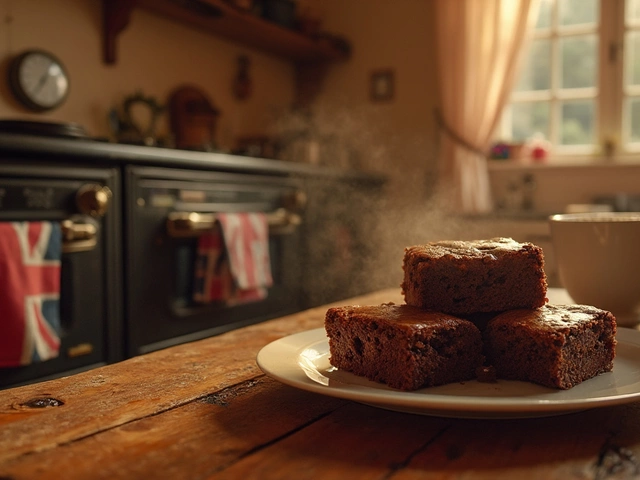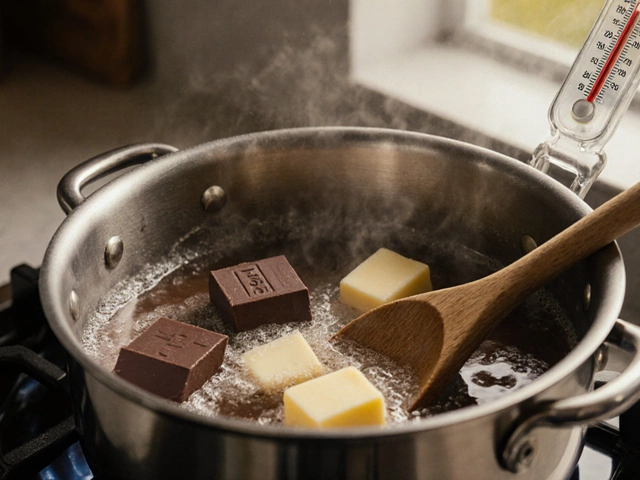Cheese Freezing Tips: Keep Cheese Fresh and Tasty
If you’ve ever bought a big block of cheese and worried it’ll go bad before you finish it, you’re not alone. Freezing is a simple trick that can stretch the shelf life of most cheeses, but only if you do it right. Below are the must‑know tips that let you stash cheese in the freezer without turning it into a rubbery mess.
What Types of Cheese Freeze Well
Hard and semi‑hard cheeses are the easiest to freeze. Think cheddar, gouda, parmesan, and Swiss. Their lower moisture content means they stay firm after thawing, and the flavor stays mostly intact. Soft cheeses like brie, camembert, or fresh mozzarella can be frozen, but they’ll get crumbly and lose some creaminess—still fine for cooking, just not for a fresh cheese board.
Processed cheese slices and shredded cheese are also freezer‑friendly. The little oil and salt they contain act like a natural preservative, so they often survive a freeze‑thaw cycle with barely any texture change. When in doubt, test a tiny piece first; if the texture after thawing is acceptable for your recipe, you’re good to go.
Step‑by‑Step Freezing and Thawing Guide
1. Cut it right. Slice, grate, or portion the cheese into the amount you’ll use later. Smaller pieces freeze and thaw faster, and you won’t have to defrost the whole block.
2. Wrap tightly. Use parchment paper or wax paper to wrap each piece, then place it in a freezer‑safe zip bag or airtight container. Push out as much air as possible—excess oxygen causes freezer burn and flavor loss.
3. Label it. Write the cheese type, portion size, and date on the bag. A quick glance will tell you what’s inside and how long it’s been frozen.
4. Freeze quickly. Lay the bags flat in the freezer for the first few hours. This speeds up the freezing process and creates smaller ice crystals, which means less damage to the cheese’s texture.
5. Store for up to 6 months. Most hard cheeses keep their quality for half a year. Soft cheeses are best used within 2‑3 months, but they’ll still be safe after that if kept constantly frozen.
When you’re ready to use the cheese, move the portion to the fridge and let it thaw slowly—usually a few hours for shredded cheese, overnight for blocks. For cooking, you can even drop a frozen block straight into a sauce; the heat will melt it anyway.
Tip: If you notice a little moisture after thawing, simply pat the cheese dry with a paper towel before adding it to a dish. That extra step helps keep the final texture smooth.
Freezing cheese isn’t a magic fix for every situation, but with these easy steps you’ll cut down on waste, save money, and always have cheese ready for a quick snack or a favorite recipe. Give it a try—your future self will thank you!






